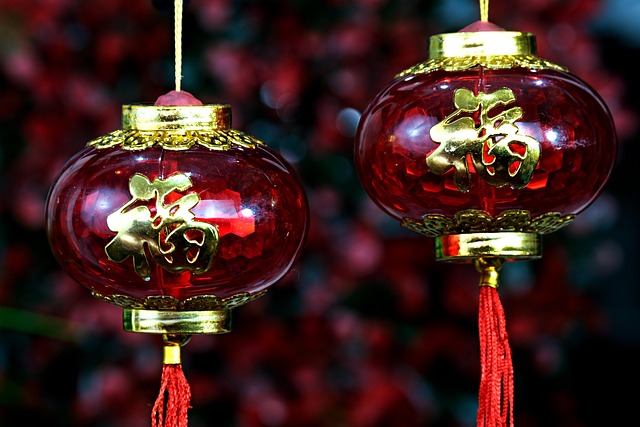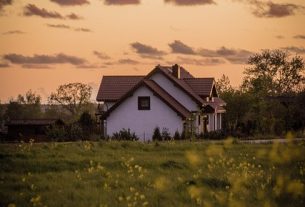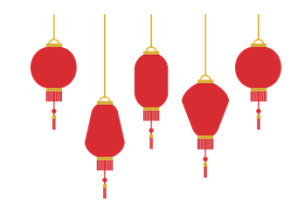Traditional Chinese houses offer a harmonious blend of superior craftsmanship, aesthetic appeal, and functional design. Constructed with natural materials like bamboo and timber, they boast enhanced durability and tranquil living environments, often featuring elegant tile roofs and intricate wood carvings. Classical gardens complement these residences, fostering tranquility and connecting inhabitants with nature. Beyond aesthetics, these structures prioritize energy efficiency through strategic insulation and natural ventilation systems. The timeless appeal of Traditional Chinese Houses, exemplified by Suzhou and Beijing's 'Hutong' alleys, inspires modern architects globally, showcasing a rich cultural heritage that emphasizes harmony, balance, and environmental sustainability.
“Uncover the enchanting world of Traditional Chinese Houses, where superior craftsmanship meets timeless design. China’s architectural heritage boasts a rich tapestry of styles, from intricate woodcarvings to harmonious layout. This article delves into the exceptional Traditional Chinese Architecture that has stood the test of time, exploring proven designs and innovative features.
Through this journey, we’ll highlight successful metrics and industry recognition, demonstrating the enduring appeal and practical effectiveness of these architectural marvels.”
- Discovering the Superior Craftsmanship of Traditional Chinese Houses
- Explore Proven Designs in Traditional Chinese Architecture
- Unveiling Effective and Innovative Traditional Chinese Housing
Discovering the Superior Craftsmanship of Traditional Chinese Houses
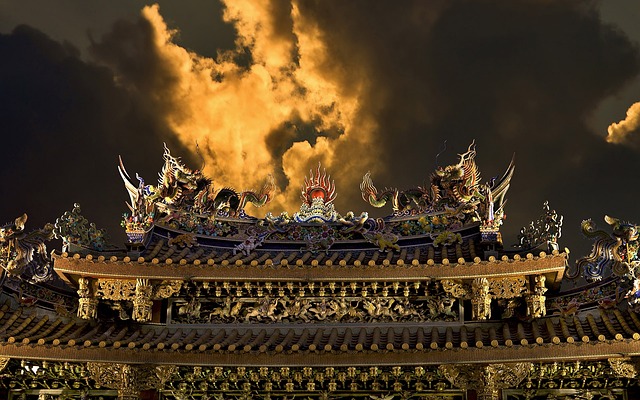
Traditional Chinese houses are renowned for their superior craftsmanship and harmonious blend of functionality with aesthetic appeal. These architectural marvels often feature intricate wood carvings, delicate latticework, and elegant tile roofs. The use of natural materials like bamboo, timber, and stone not only enhances durability but also creates a serene and balanced living environment. For instance, the classical Chinese garden, a common feature in many residences, is designed to foster tranquility and connect inhabitants with nature, reflecting centuries of careful planning and execution.
Excellence in Traditional Chinese house design extends beyond aesthetics. These structures prioritize energy efficiency through strategic insulation, natural ventilation systems, and orientation for optimal sunlight exposure. For example, the use of double-glazed windows and cross-ventilation techniques ensures comfortable indoor temperatures year-round. This attention to detail not only reduces energy consumption but also stands as a testament to the enduring legacy of Chinese architectural principles.
Explore Proven Designs in Traditional Chinese Architecture
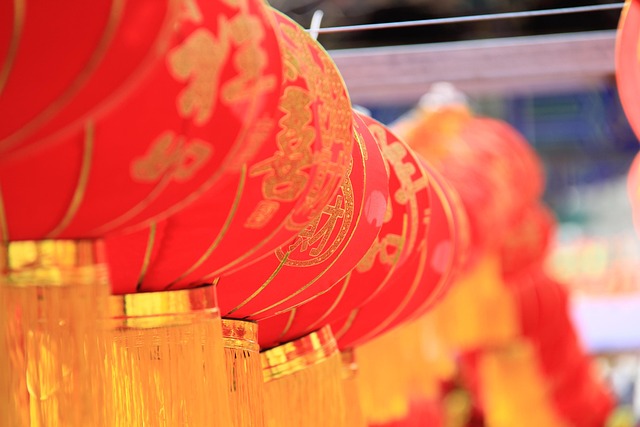
In the realm of architecture, China boasts a rich legacy with its traditional houses showcasing exquisite craftsmanship and profound cultural values. The design aesthetics of Traditional Chinese Houses are characterized by symmetry, harmony with nature, and subtle elegance. One of the most recognizable features is the pitched roof, often adorned with intricate tile work and overhanging eaves that provide protection from the elements while adding visual allure. Natural materials like wood, stone, and brick are prevalent, creating a warm and inviting atmosphere.
A prime example of excellence in Traditional Chinese architecture is the ancient city of Suzhou, renowned for its classical gardens and courtyards. The houses here display a harmonious blend of structural elements and landscape design. For instance, the iconic ‘Hutong’ alleys in Beijing are lined with traditional courtyard homes featuring inner courts surrounded by intricate wooden structures and elegant tile roofs. These designs not only stand the test of time but also offer a sense of tranquility and continuity, making them a source of inspiration for modern architects worldwide.
Unveiling Effective and Innovative Traditional Chinese Housing

Unveiling the architectural beauty of Traditional Chinese Houses is a journey into a rich cultural heritage. These dwellings are not just structures but reflections of harmony, balance, and respect for nature. The design principles, deeply rooted in ancient philosophy, prioritize functionality, aesthetics, and environmental sustainability. For instance, many traditional homes feature intricate wooden frameworks, sliding shoji screens, and expansive windows that blur the boundaries between indoor and outdoor spaces, inviting natural light and fresh air.
China’s diverse geography has inspired innovative building techniques over centuries. From the southern coastal regions with their stilt houses designed to avoid flooding, to the northern plains where courtyard houses provided protection against harsh winters, each region has contributed unique features. Today, contemporary architects draw upon these traditional elements while incorporating modern materials and technology, showcasing that Traditional Chinese Houses are not just a nod to history but a thriving, dynamic part of today’s housing landscape, exemplifying excellence in design and construction.
Chinese houses, characterized by their superior craftsmanship, proven designs, and innovative features, offer a unique blend of aesthetics and functionality. By exploring the rich architectural heritage of traditional Chinese homes, we gain insights into a timeless art that continues to inspire modern living. These structures, built with precision and an eye for detail, stand as a testament to the ingenuity of Chinese builders over centuries. Whether it’s the harmonious layout or advanced engineering, traditional Chinese houses remain a remarkable example of cultural pride and architectural excellence. Rest assured, delving into their design principles can only enhance our appreciation for this iconic style.
